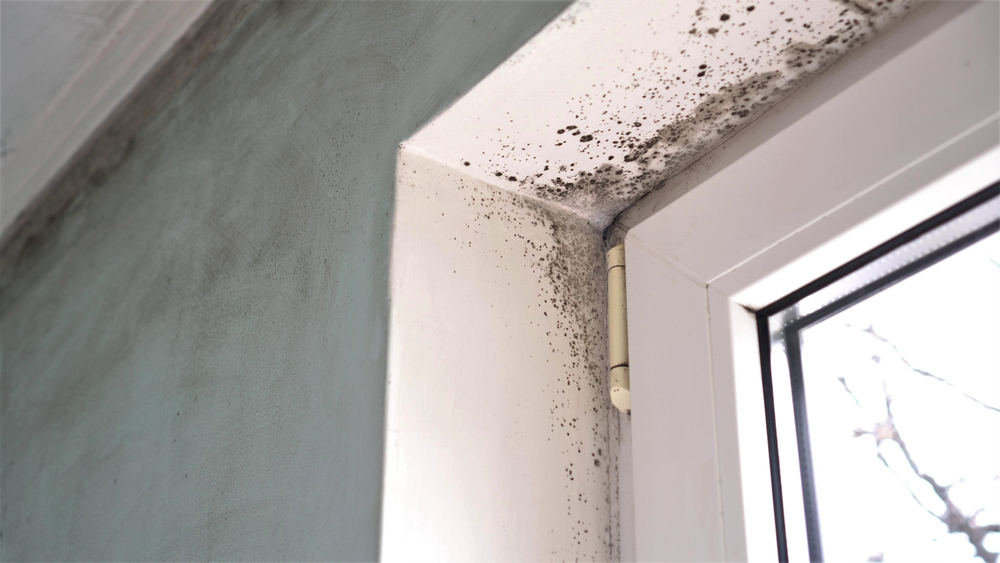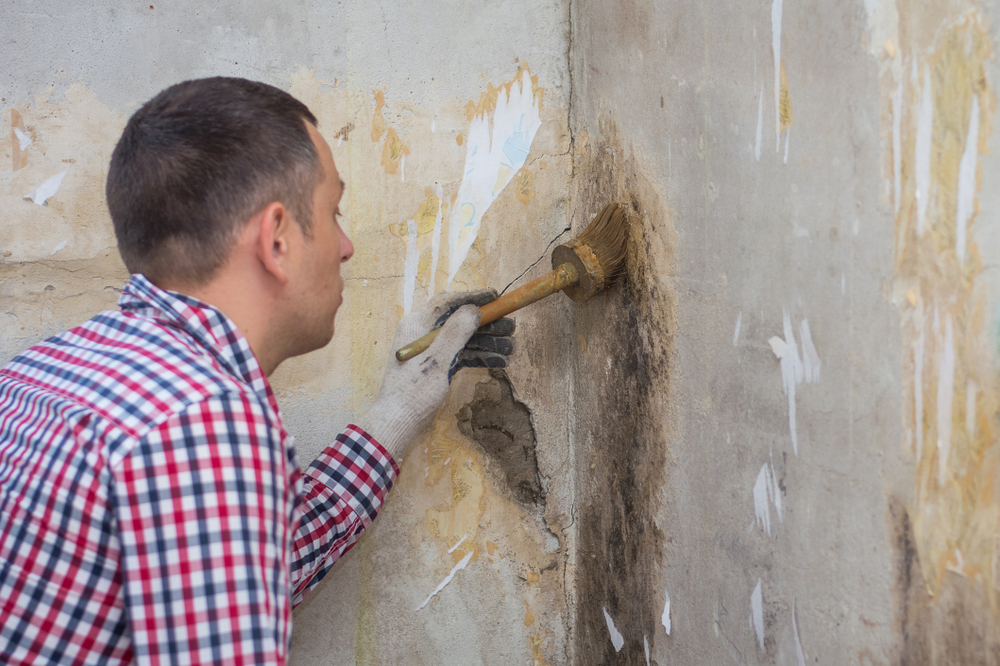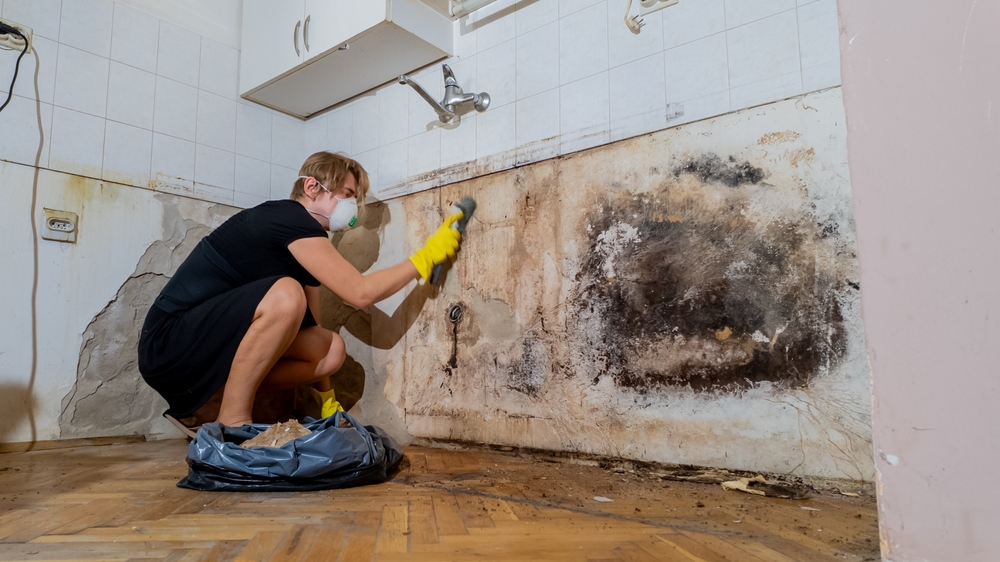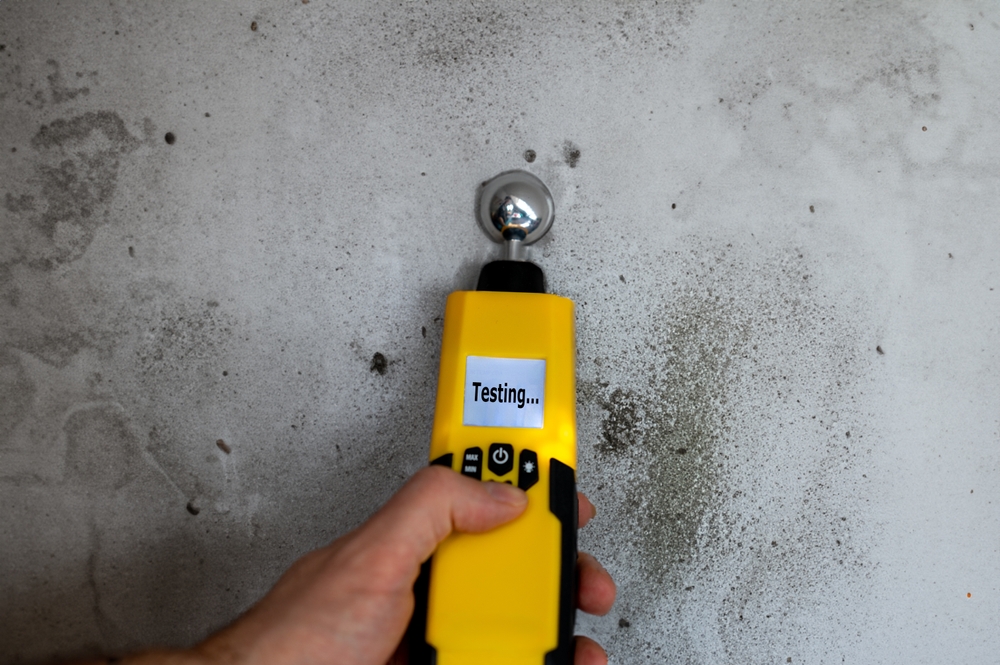Mold is a possible health hazard that can seriously damage your house, not only an ugly problem. Early discovery is especially important as it’s sometimes hidden in dark, moist environments. Quick spread of mold spores compromises indoor air quality and influences the general health of your household. Maintaining a healthy living environment depends on knowing where to look, how to identify mold, and how to stop it.
Introduction
What is Mold?
One kind of fungus that loves moist, warm, and humid environments is mold. It reproduces by spewing microscopic spores into the air that could land on damp surfaces and start to flourish. Though it’s a normal component of the surroundings, mold becomes troublesome when it starts growing indoors.
Black, green, gray, white, or even orange is just one of the several colors mold can show. It could be powdery, slimy, or fuzzy. While some molds are benign, others—such as black mold (Stachybotrys chartarum—which can be poisonous—demand quick action.
The Risks of Mold Exposure
Short-term and long-term health effects of mold exposure abound. Common hazards to health include:
- Respiratory Problems: Mold spores can aggravate the respiratory system and produce coughing, sneezing, or dyspnea.
- Allergic Reactions: Allergies to mold could be indicated by symptoms including nasal congestion, watery eyes, and itchy skin.
- Chronic Health Issues: Extended mold exposure can aggravate asthma, cause lung infections, or aggravate chronic sinus problems.
Knowing these hazards emphasizes how crucial it is to find mold in your house early on in order to save your loved ones as well as your belongings.

Common Signs of Mold Growth
Though it typically goes unseen, mold offers hints that let homeowners know it exists. Early recognition of mold symptoms will prevent health problems and expensive repairs.
1. Visual Signs
Finding mold on surfaces around your house is the most clear indication of it.
- Discoloration: Mold can show up on walls, ceilings, floors, or furniture as dark spots or patches. Based on the type of mold and where it grows, it could appear green, black, white, even pink.
- Spots or Clusters: On surfaces, little spots, clusters, or streaks often point to mold development. Treating these clusters can cause them to expand with time.
- Texture: The kind of mold will affect how slimy, fuzzy, or powdery it appears.
Almost any material can be used for mold growth, including wood, drywall, carpet, and fabrics; so, it is crucial to check every area completely.
2. Sensory Signs
Though your senses can still detect it, sometimes mold is invisible.
- Musty Odor: Often mold smells distinctly earthy. Closed areas like closets, basements, or under sinks really highlight this smell.
- Health Symptoms: Mold could be the source of ongoing coughing, sneezing, or nasal congestion you or your family encounter at home.
- Allergic Reactions: Reactions of Allergy Nature Watery eyes, itching skin, and respiratory trouble that gets better when you leave the house could point to mold exposure.
Should you observe any of these sensory indicators, act quickly to find and fix the cause of the issue.
Where to Look for Mold
In places with too much moisture, inadequate ventilation, or water damage, mold thrives. Knowing where to look will enable you to find it before it becomes widely distributed.
1. Bathrooms
Because of their great humidity, bathrooms especially are prone to mold.
- Tiles and Grout: Especially in showers and around bathtubs, mold frequently forms in the grout spaces between tiles.
- Under Sinks: Leaks under the sink can produce wet conditions that support mold growth.
- Shower Curtains and Mats: Fabric or plastic shower curtains and bath mats can trap mold if improperly dried.
2. Kitchens
Thanks to heat and water use, kitchens often attract mold.
- Under the Sink: Look for mold in cabinets under the sink, particularly if leaks have occurred.
- Behind Appliances: Where moisture gathers beneath stoves, dishwashers, or refrigerators, mold can flourish.
- Trash Areas: If spills aren’t quickly cleaned, the area around your trash can also grow mold.
3. Basements and Crawl Spaces
Often with inadequate ventilation, basements and crawl spaces are perfect for mold growth.
- Walls and Floors: Inspect concrete floors and walls for discoloration or moisture.
- Storage Items: Old furniture kept in basements, textiles, and cardboard cartons can all harbor mold.
- HVAC Systems: Ductwork or vents in moist basements can disperse mold spores all around the house.
4. Attics
Inappropriate ventilation or roof leaks allow attics to also host mold.
- Wooden Beams: On timber beams or rafters, find black or green stains.
- Insulation: Mold can grow inside insulating materials, which makes spotting difficult.
How to Test for Mold
Testing can verify mold’s presence and enable you to respond appropriately even if you suspect it but do not notice obvious symptoms.
1. DIY Mold Test Kits
An easy and reasonably priced approach to find mold in your house are mold test kits.
- How They Work: These kits let you gather surface or air samples, which you then forward to a lab for examination.
- Benefits: For small-scale mold detection, they are quite affordable and easy to operate.
- Limitations: DIY kits might not find hidden mold or offer comprehensive knowledge on the degree of the infection.
2. Professional Mold Inspection
One more exhaustive approach to find mold issues is to engage a professional inspector.
- Advanced Tools: Professionals discover hidden mold using specific tools including infrared cameras and moisture meters.
- Comprehensive Assessment: An inspection can ascertain the kind of mold, its degree, and the best ways of removal.
- Actionable Advice: Professionals can also suggest preventative steps to stop upcoming mold problems.
Large infestations or when mold is detected in difficult-to-reach areas make professional inspections very helpful.

Preventing Mold Growth
Better still than remedial action is mold prevention. Early resolution of possible mold sources helps you to prevent expensive repairs and health hazards.
1. Control Moisture
Since mold cannot survive without moisture, controlling humidity is quite important.
- Fix Leaks Quickly: Fix Leaks Rapidly As soon as they start, fix leaks in windows, pipes, or roofs.
- Use Dehumidifiers: Dehumidifiers help to lower moisture levels in high humidity places like bathrooms or basements.
- Ensure Proper Ventilation: Use exhaust fans in bathrooms and kitchens to help to lower moisture levels;, wherever feasible keep windows open.
2. Maintain Cleanliness
Frequent maintenance and cleaning help to stop mold from getting started.
- Clean Surfaces: Using mold-killing cleansers, wipe off kitchen counters, bathroom tiles, and other damp surfaces.
- Dry Wet Areas: Dry damp towels, clothing, or spills right away to stop mold from growing.
- Inspect Regularly: Look for leaks, dampness, or wet places in your house on occasion.
3. Use Mold-Resistant Materials
When building or renovating, give thought to utilizing materials that stop mold from developing.
- Mold-Resistant Drywall: Designed especially to stop mold from developing inside walls, mold-resistant drywall.
- Waterproof Paint: Apply mold-resistant or waterproof paint in places likely to be damp for further defense.
Conclusion
Unchecked, mold can stealthily compromise your house and health. Early recognition of visual and sensory cues lets you solve the problem before it gets worse. Your family’s well-being will be preserved and repairs will be less expensive if you remain alert and act at the first hint of mold.
Hiring a professional restoration service is the best choice for major mold issues or hidden infestations. Professionals have the skills and knowledge to completely eliminate mold and suggest sensible preventative action.
Mold doesn’t have to be a continual issue in your house. Your living environment will remain clean, healthy, and mold-free with awareness, consistent maintenance, and proactive approach.
Philadelphia Restoration Services
https://www.google.com/maps?cid=3399342399556699153
+1 267 668 0013
https://philadelphiarestorationservices.com/


